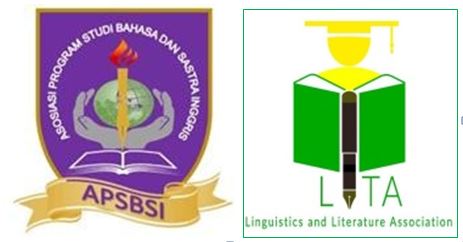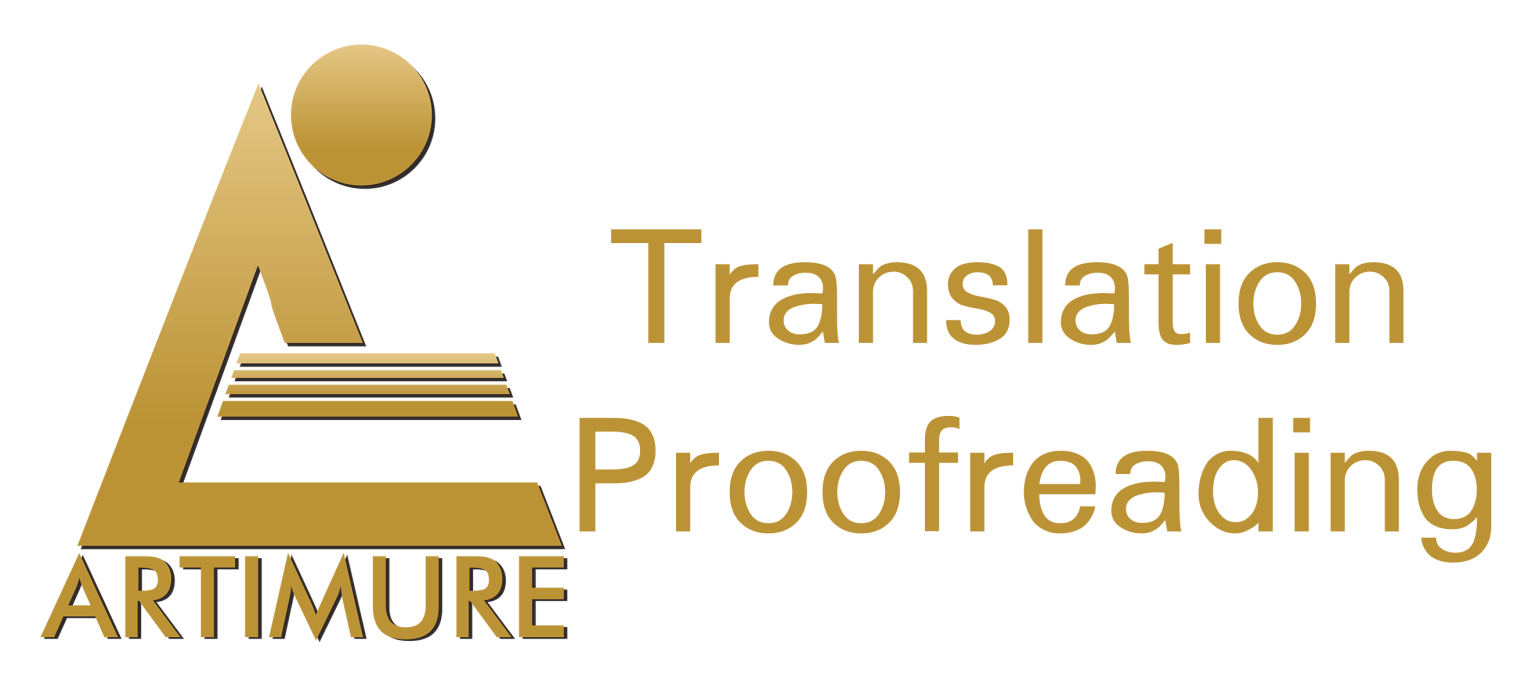Rising English Students’ Motivation in Online Learning Platform: Telegram Apps Support
DOI:
https://doi.org/10.31849/utamax.v3i2.6464Keywords:
Telegram, Telegram Bot, E-learning, Students’ MotivationAbstract
This study believes that it needs an effort that encourages students to carry out learning activities to achieve predetermined goals and motivation to determine students' success in the teaching-learning process. The objective of this study is to know the students’ motivation in learning after using e-learning materials using the Telegram app, i.e., telegram bot. This descriptive quantitative research used a closed questionnaire with 11 modified questions, and it was delivered to 46 respondents. Based on analysis of students' learning motivation before using the telegram bot it was highlighted into a good category 80.56%]. This study also manage to reveal three aspects that construct this presents study, namely interests, concerns, and needs. The analysis manage to record that the interesting aspect received 78.19%, the concern aspect received 82.18%, and the need aspect received 81.56%. Thus, and the average score of students' learning motivation was 80.56%. After using the telegram bot, the details of the recapitulation of the motivation questionnaire are as follows, aspects of interest get 84.17%, aspects of attention get 87.23%, aspects of needs get 86.70%, and the average score of student learning motivation is 85.98%. Thus, it can be concluded that the use of telegram bot as e-learning materials can increase student motivation.
References
Abu Laban, M. M. (2017). The Effectiveness of Using Mobile Learning in Developing Eleventh Graders’ English Grammar Learning and Motivation for English. 155. https://iugspace.iugaza.edu.ps/handle/20.500.12358/18819
Aisyah, R. N., Istiqomah, D. M., & Muchlisin, M. (2021). Developing E-learning Module by Using Telegram Bot on ICT for ELT Course. Proceedings of the 5th International Conference on Arts Language and Culture (ICALC 2020), 534(534), 106–111. https://doi.org/10.2991/assehr.k.210226.054
Al-Shaer, I. (2013). Effects of a blended learning module on EFL students' attitudes in an introductory reading course in Al-Quds open university setting. International Journal of Language Learning and Applied Linguistics World, 3(4), 224-242.
Alimyar, Z. (2020). Attitudes and Motivation of Afghan Students toward Learning English. Journal of English Education, 5(1), 19–33. https://doi.org/10.31327/jee.v5i1.1172
Alshenqeeti, H. (2018). Motivation and Foreign Language Learning: Exploring the Rise of Motivation Strategies in the EFL Classroom. International Journal of Applied Linguistics and English Literature, 7(7), 1. https://doi.org/10.7575/aiac.ijalel.v.7n.7p.1
Anwar, K., & Wardhono, A. (2019). Students’ perception of learning experience and achievement motivation: Prototyping English for academic purposes (EAP). International Journal of Instruction, 12(3), 271–288. https://doi.org/10.29333/iji.2019.12317a
Aspuri, N., Samad, I. A., Fitriani, S. S., & Abdul Samad, N. M. (2019). the Role of Instrumental Motivation Among Efl Students in Language Learning Process. Journal of English Education, 4(1), 48–53. https://doi.org/10.31327/jee.v4i1.892
Cahyono, B. Y., & Rahayu, T. (2020). Efl students’ motivation in writing, writing proficiency, and gender. Teflin Journal, 31(2), 162–180. https://doi.org/10.15639/teflinjournal.v31i2/162-180
Caldwell, M. (2018). Japanese university students’ perceptions on the use of ICT and mobile-learning in an EFL setting. Call-Ej, 19(2), 188–216.
Chalak, A., & Kassaian, Z. (2010). Motivation and attitudes of Iranian undergraduate EFL students towards learning english. GEMA Online Journal of Language Studies, 10(2), 37–56.
Creswell, J. W. (2009). Reseacrh Design: Qualitative, Quantitative, and Mixed Methods Approaches Third Edition. In Sage. Sage. https://doi.org/10.2307/1523157
Dorney, Z. (2008). Motivation Foreign Language Motivating in Classroom the. The Modern Language Journal, 78(3), 273–284.
Genç, G. (Inonu U. (2010). Students’ motivation towards computer use in EFL learning. Estudiopresentado En El International, 2009, 2009–2011. http://ezproxy.lib.ucf.edu/login?URL=http://search.ebscohost.com/login.aspx?direct=true&db=eric&AN=ED511166&site=ehost-live%5Cnhttp://w3.balikesir.edu.tr/~saydin/index_dosyalar/ietc2010-3-Aydin-Genc.pdf
Huang, C. S. J., Yang, S. J. H., Chiang, T. H. C., & Su, A. Y. S. (2016). Effects of situated mobile learning approach on learning motivation and performance of EFL students. Educational Technology and Society, 19(1), 263–276.
Indahsari, D. (2020). Using podcast for EFL students in language learning. JEES (Journal of English Educators Society), 5(2), 103–108. https://doi.org/10.21070/jees.v5i2.767
Kusuma, I. P. I., & Adnyani, L. D. S. (2016). Motivasi dan Sikap Bahasa Mahasiswa Jurusan Pendidikan Bahasa Inggris Undiksha. JPI (Jurnal Pendidikan Indonesia), 5(1), 12-26.
Muchlisin, M. (2019). The Power of Telegram as a Digital English Learning Media Abstract. RETCO 9 National Seminar UNIROW Tuban, December 14-15, 12–19.
Nielsen, B. (2013). Students’ perceptions and learning outcomes of online writing using discussion boards. The JALT CALL Journal, 9(2), 131–147. https://doi.org/10.29140/jaltcall.v9n2.152
Riswanto, A., & Aryani, S. (2017). Learning motivation and student achievement: description analysis and relationships both. The International Journal of Counseling and Education, 2(1), 42-47. https://doi.org/10.23916/002017026010
Seifert, T. L. (2004). Understanding student motivation. Educational Research, 46(2), 137–149. https://doi.org/10.1080/0013188042000222421
Shavelson, R., Ruiz-Primo, M. A., Li, M., & Ayala, C. C. (2003). Evaluating New Approaches to Assessing Learning (CSE Report 604). National Center for Research on Evaluation, Standards, and Student Testing (CRESST), 1522(310).
Usher, A., Kober, N., Jennings, J., & Rentner, D. S. (2012). Student Motivation — An Overlooked Piece of School Reform. In The George Washington University.
Vero, E., & Puka, E. (2017). The Importance of Motivation in an Educational Environment. Formazione & Insegnamento, XV(1), 57–66. http://www.lulu.com/shop/gazala-bhoje/the-importance-of-motivation-in-an-educational-environment/paperback/product-22168435.html
Wardhono, A., & Spanos, S. (2018). Assessing English Speaking and Listening Skilss with the Mobile Application Telegram. Indonesian EFL Journal: Journal of ELT, Linguistics, and Literature, 4(2), 147–174. https://doi.org/10.4324/9781315175522-43
Williams, K., & Williams, C. (2011). Five key ingredients for improving student motivation. Res High Educ J, 12, 1–23.
Winarto, A., & Hardyanto, W. (2019). Telegram Development in Dokeos-Based E-Learning As a Learning Media to Improve Students’ Motivation in Learning Physics. Physics Communication, 0(0), 78–85. https://doi.org/10.15294/physcomm.v0i0.20628










